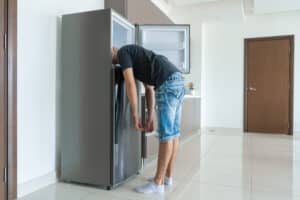
When Summer Heat Strikes, Your AC Better Be Ready
It’s the hottest day of the year, and your air conditioner just quit on you. Sound familiar? MightyServ is here to help!

It’s the hottest day of the year, and your air conditioner just quit on you. Sound familiar? MightyServ is here to help!

Between cooking elaborate holiday meals, burning festive candles, and keeping windows sealed against chilly nights, your San Fernando Valley home’s indoor air quality takes a serious hit during the holidays. So how do you fix it?

When LA winter nights dip into the 40s and 50s, a heating system that isn’t up to the task can make your home surprisingly uncomfortable.
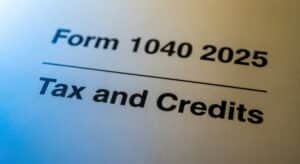
Here’s something worth being thankful for: if you’ve been putting off upgrading your home’s systems, there’s still time to save big!
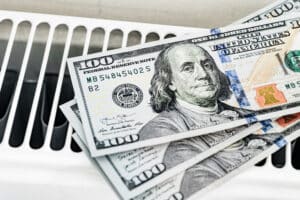
We might think our mild climate means cheap heating bills, but inefficiency can cost you more than you’d expect!
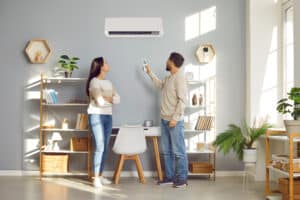
When it’s 75 degrees outside but your air conditioner won’t stop running, the problem might not be what you think.
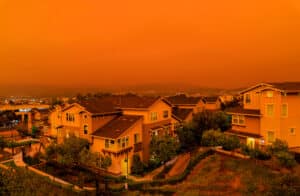
When wildfire smoke fills the LA air, your AC system becomes your first line of defense for keeping your indoor air clean and breathable. September through November is wildfire season in Southern California. Recent years have shown us that smoke can travel hundreds of miles to mess with air quality throughout Los Angeles and the San Fernando Valley. The January 2025 fires alone destroyed over 12,300 homes and forced 200,000 people to evacuate. You can’t control what’s happening outside, but you can definitely protect your indoor air quality. Your family’s health depends on it. The Reality of Wildfire Impact The Eaton and Palisades fires are now some of the worst wildfires in California history. During the worst days of the January 2025 fires, twelve air quality sensors near the fires showed PM2.5 levels in the “Hazardous” range. That’s scary stuff. EPA stations detected bad PM2.5 levels reaching “Unhealthy” and “Unhealthy for Sensitive Groups” in downtown LA and Compton. And that’s not just an outdoor problem. How Smoke Gets Into Your Home Wildfire smoke doesn’t stay outside. Those tiny particles slip through windows, doors, and even small cracks in your house. Once they’re inside, smoke particles can stick around for days

September in Los Angeles is like that friend who says they’re leaving the party but keeps hanging around for “just one more hour”…Summer heat simply refuses to call it quits.
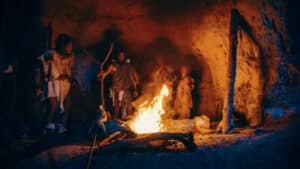
When temperatures soar, your first instinct might be to throw open every window and door – but there’s a better ancient method.
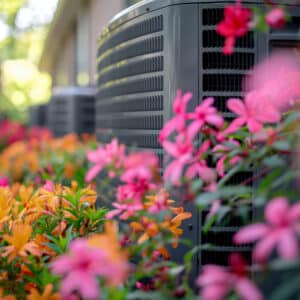
Don’t wait until temperatures soar to find out your AC isn’t up to the task. Taking these proactive steps now will help keep your system running efficiently, reduce energy costs, and improve comfort all season long